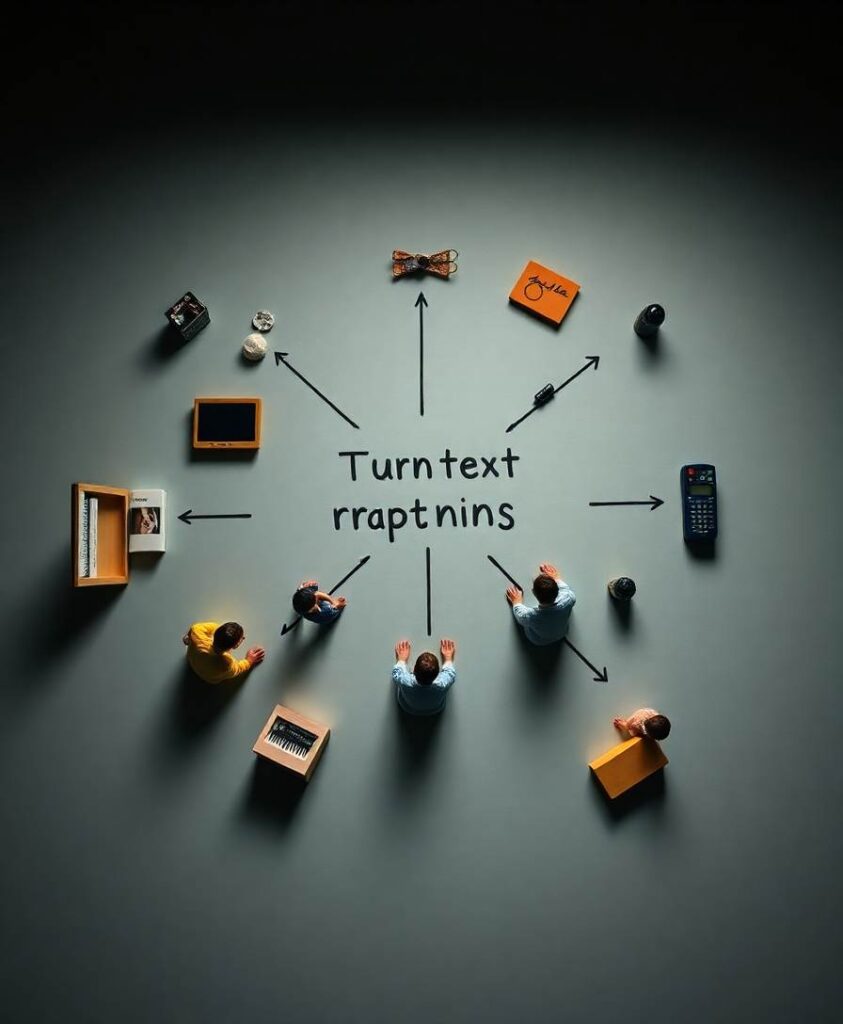Abstract
When multiple individuals interact in a conversation or as part of a large crowd, emergent structures and dynamics arise that are behavioral properties of the interacting group rather than of any individual member of that group. Recent work using traditional signal processing techniques and machine learning has demonstrated that global acoustic data recorded from a crowd at a basketball game can be used to classify emergent crowd behavior in terms of the crowd’s purported emotional state. We propose that the description of crowd behavior from such global acoustic data could benefit from nonlinear analysis methods derived from dynamical systems theory. Such methods have been used in recent research applying nonlinear methods to audio data extracted from music and group musical interactions. In this work, we used nonlinear analyses to extract features that are relevant to the behavioral interactions that underlie acoustic signals produced by a crowd attending a sporting event. We propose that recurrence dynamics measured from these audio signals via recurrence quantification analysis (RQA) reflect information about the behavioral dynamics of the crowd itself. We analyze these dynamics from acoustic signals recorded from crowds attending basketball games, and that were manually labeled according to the crowds’ emotional state across six categories: angry noise, applause, cheer, distraction noise, positive chant, and negative chant. We show that RQA measures are useful to differentiate the emergent acoustic behavioral dynamics between these categories, and can provide insight into the recurrence patterns that underlie crowd interactions.


